by
Andrew J. Krentz, Steven SmithAndrew J. Krentz, Steven Smith
The world is beset by a pandemic of obesity and type 2 diabetes and the need for new drugs is startlingly clear; recent years have seen a huge increase in research activity to fill this gap. The development of new drugs for diabetes and obesity must be founded upon a sound appreciation of the pathophysiology of these common disorders. The dual defects of insulin resistance and impaired insulin secretion are fundamental to the pathogenesis and progression of obesity-associated type 2 diabetes. There is a need to explain how new drugs can counter insulin resistance and insulin deficiency to a broad range of professionals, from clinical scientists active in early (and later) phase drug development to specialist physicians and increasingly primary care doctors who must tailor drug regimens to the individual patient. Clinical research methods for measuring insulin action and insulin secretion have become well-established in proof-of-mechanism studies; however, selection of the best techniques is by no means straightforward. The purpose of the book is to aid the selection of the most appropriate techniques for assessing insulin action, insulin secretion and body composition in humans (with particular reference to new drugs) in phase 1 and 2 studies and aidthe understanding of drug effects and non-drug treatment strategies on key biochemical-hormonal defects of obesity and type 2 diabetes. The book will assume a working knowledge of human physiology relating to glucose metabolism and will be of interest to biomedical scientists, pharmacologists, academics involved in metabolic research and clinicians practicing in these specialties.
Product Details
| ISBN-13: | 9781447149194 | |
| Publisher: | Springer London | |
| Publication date: | 12/12/2014 | |
| Edition description: | 2015 | |
| Pages: | 312 | |
| Product dimensions: | 7.01(w) x 10.00(h) x 0.03(d) |

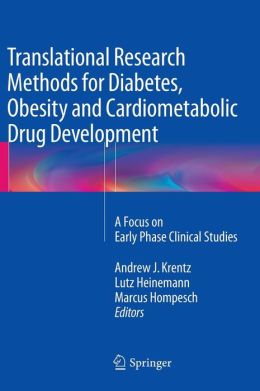
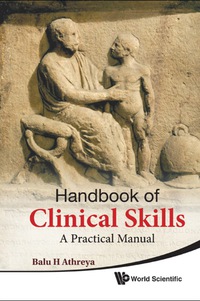



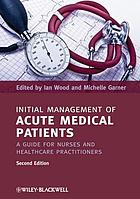

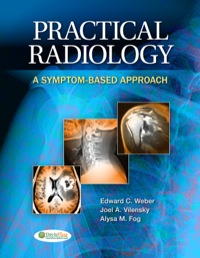
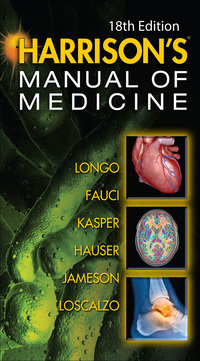
Reviews
There are no reviews yet.